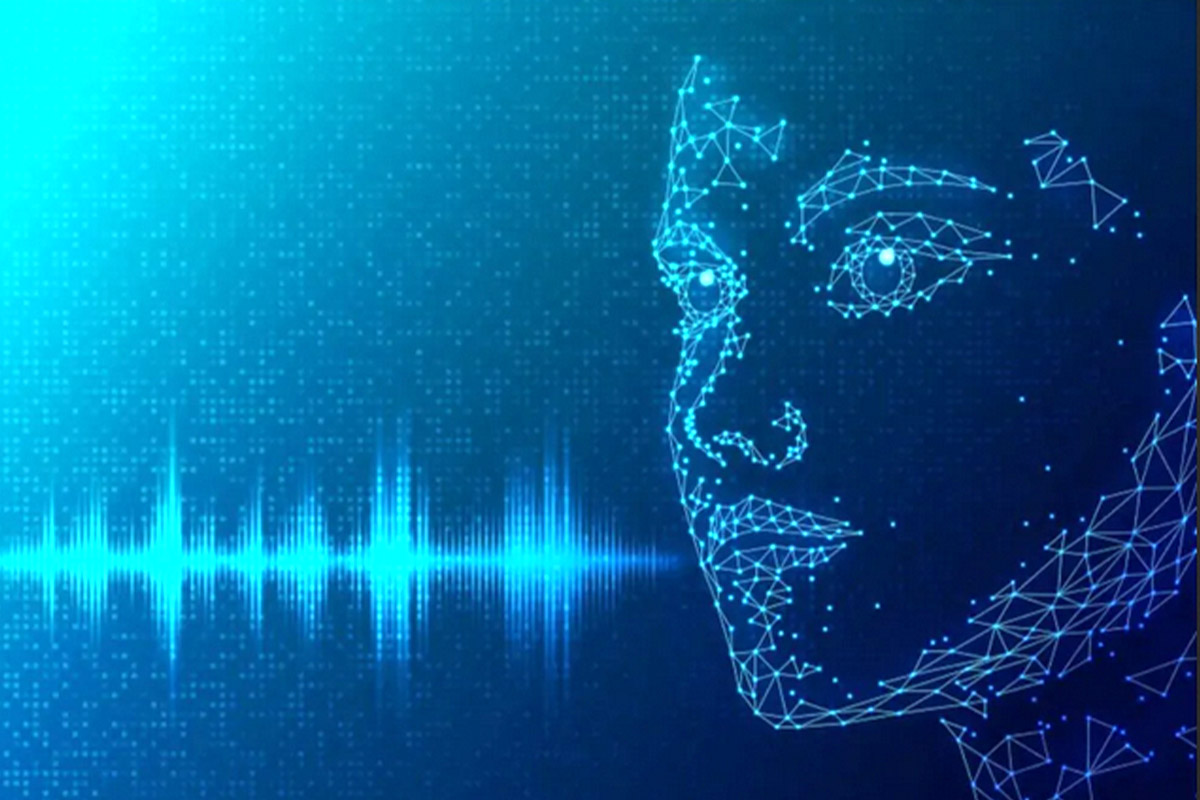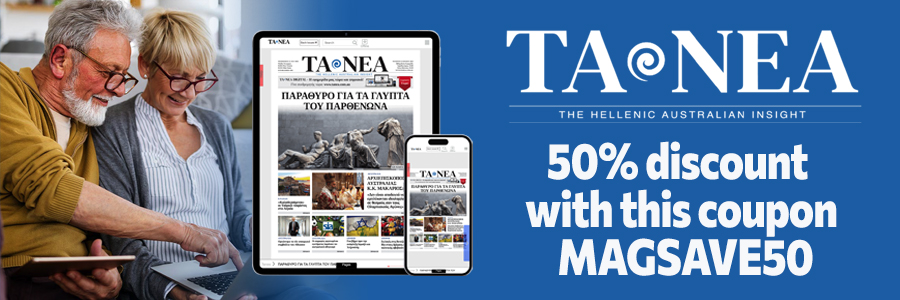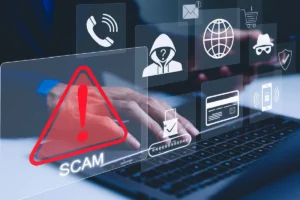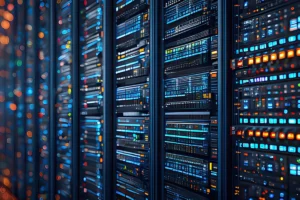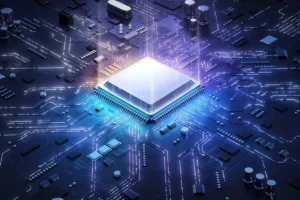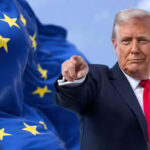In a recent appearance on the Central News Bulletin on Kontra Channel, Professor Marios Papaefstathiou, a distinguished expert in modern technologies and military schools, addressed the pressing issue of video authenticity, particularly in relation to the tragic Tempi railway accident.
During his conversation with well-known journalist Nikos Panayiotopoulos, Professor Papaefstathiou explained how artificial intelligence (AI) and algorithms are playing an increasingly crucial role in verifying the authenticity of videos, especially in high-stakes cases like the railway disaster.
On the night of February 28, 2023, a train full of youth and dreams tragically became the scene of a nightmare just before reaching Tempi. While the justice system and experts are responsible for evaluating and judging the events, questions have arisen about the latest videos showing the commercial train just before its deadly collision with the passenger train. These videos, which were recently made public, had remained unused for two years.
Professor Papaefstathiou, known for his pioneering work and appearances on both Greek and international radio and television stations, discussed how artificial intelligence has advanced to the point of being able to create realistic fake videos. However, he clarified that despite the progress in image and video manipulation, specialized tools now allow experts to authenticate videos.
“Artificial intelligence is not infallible,” emphasized Professor Papaefstathiou, “but the algorithms available to us are sophisticated enough to confirm whether a video has been altered.” According to him, specialists use deep learning algorithms, which rely on neural networks to detect subtle anomalies in images and videos that are often invisible to the naked eye. These algorithms can identify slight distortions, lighting changes, or other modifications that indicate the material has been edited.
He also noted the importance of having complete and sufficient evidence to assess the facts. “It is the responsibility of the justice system and experts to evaluate the events based on scientific evidence,” he added, commenting on the recent release of videos that had been unused for two years. He pointed out that the failure to utilize these videos raises questions, but science is ready to clarify the authenticity of the images.
The conversation with Nikos Panayiotopoulos highlighted the need for continuous education and expertise in modern technologies to ensure the reliability of news and information consumed by the public. According to Professor Papaefstathiou, AI is a valuable tool in the fight against fake news, and scientists will continue to develop tools to distinguish truth from misinformation.
Detecting Fake Images and Videos (Deepfakes)
Professor Papaefstathiou explained that detecting manipulated images and videos (deepfakes) can be done primarily in two ways:
- Deep Learning Algorithms: AI can use neural networks to analyze images and videos, identifying signs that they have been altered. For example, it can detect small imperfections or “smears” characteristic of deepfakes—manipulated videos that present fake or distorted events.
- Metadata Analysis: Image and video files contain metadata (EXIF) that records details such as the device used to capture the media, the time, and the location. AI can analyze this metadata to determine if it has been tampered with.
Regarding the time frame for analysis and verifying the authenticity of videos, Professor Papaefstathiou emphasized that for critical incidents like the Tempi tragedy, an in-depth analysis is required. This process can take weeks and is tied to the method of analysis, which could involve automatic AI tools for deepfake detection or forensic analysis by digital media specialists in laboratories. The type of video—whether low resolution or high-quality footage with advanced editing—also plays a significant role in determining the duration of the analysis.
Tools Used for Verification
Several tools are available for verifying video authenticity:
- Public Tools (e.g., Deepware Scanner, FakeCatcher, Reality Defender): Quick analysis but limited accuracy.
- Specialized Forensic Tools (e.g., InVID, Forensic Tools, Microsoft Video Authenticator): May require more processing and data cross-referencing.
- Cross-referencing Sources: If a video is accompanied by metadata and available from multiple reliable sources, confirmation can be quicker. If the video’s origins are unclear, further analysis and comparison with authentic recordings may be needed.
In conclusion, Professor Papaefstathiou stressed that the highest form of human achievement lies in helping others rise. He reiterated that it is the responsibility of the justice system and experts to evaluate and judge based on the facts and common sense, provided there is complete and sufficient evidence. He also emphasized the importance of collecting all evidence from the outset of an investigation to ensure proper evaluation.
You can watch the full interview with Professor Marios Papaefstathiou on the Central News Bulletin on Kontra Channel here: Watch on YouTube.


